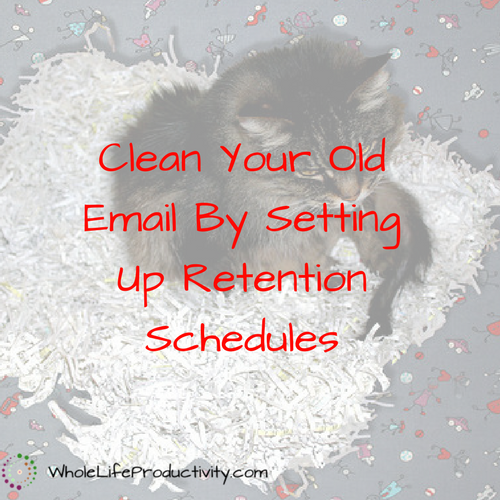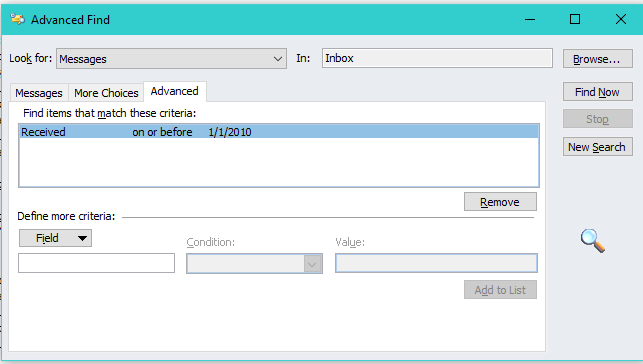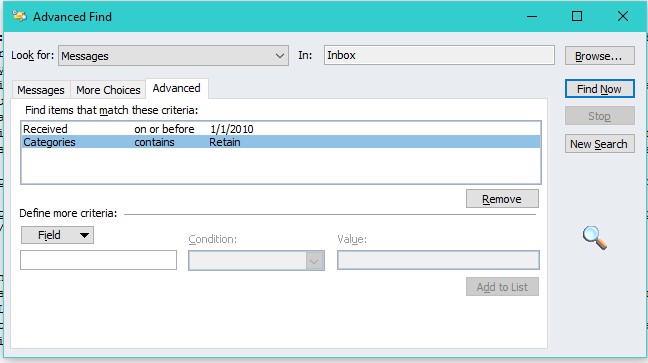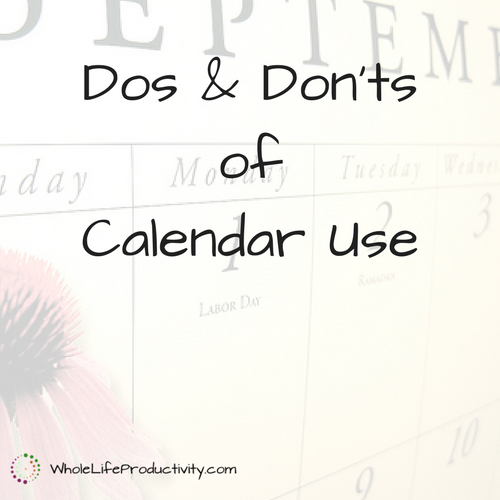
Clean Your Old Email With Email Retention Policies
You probably know that you have to hang onto certain paper documents for a given number of years. These documents are required by law, and only after a certain number of years of retention can you get rid of them. The same applies to email, though, which has been used in court cases. But how long do you have to keep the email from Great Aunt Edna talking about the snowstorm? That’s where setting up an email retention schedule comes in. You can clean your old email with email retention policies.
I get a lot of email every day. If I didn’t delete most of it outright, I would have overrun my email capacity years ago. But there are some things I need to hang on to for various reasons. I need to be able to reference all Girl Scout correspondence until the next membership year. I need to be able to refer to my Girl Scout training records forever. I need to hang onto tax receipts for 7 years. But what about the other? That’s where I set my retention rules. If I didn’t have them, “out of sight, out of mind” would definitely apply, and my mailbox would be unwieldly.
Disclaimer: Let me state outright I am not a lawyer, and I base this information on what I have found on the web. Research and use retention schedules based on your country’s laws, or consult a professional
Company Retention Times
All companies should have an email retention schedule. It’s a legal rule. If you have any questions about how long your email is retained, please contact your employer’s IT department. But know that your email is retained for many years.
Personal Retention Times
As a starting point, I found documents from two companies whose business is retention. The first one, Intradyn, specializes in email. The second, Shred-it, specializes in papeer documents. Both of these companies are US based, and follow US law.
Intradyn: Comprehensive Guide To Email Retention Policy
Figure out how long you need to keep your own email before disposing of it.
Deleting Email At The End of Retention
If you classify your email correctly at the outset, deleting email that doesn’t need to be retained is a snap.
Using Labels/Categories
You can set up your retention at the point of receipt to make things easier. I have a simple scheme: I mark things for permanent retention and deletion after a time.
In GMail, I use the label “PermRet” to indicate something that needs to be permanently retained. Anything that has to be retained to a date, I mark with the year: “Ret17”, “Ret18” etc. The digits represent the year in which something can be deleted
In Outlook, I use categories. Since I don’t like cluttering up my categories list, I use two: “PermRet” and “Retain”. Then I use the searches to help me figure out what has to be deleted from the Retain tag every year.
Using Searches to Find Old Email
You can use the search function to find old email to classify it.
In Gmail, use the Before search keyword (note the special format of the date: Year/Month/Day)
![]()
In Outlook use the Advanced search

Using Filters/Rules To Delete
Once you have your labels or tags set up, it becomes very easy to find those items for deletion. In Gmail you can make a search using the tag: keyword.
![]()
Outlook you can use the advanced search

Further Automation
There are ways to further automate this process using Google Scripts (Gmail) and VBA (Outlook). However, that is way beyond the scope of this article. If you are programmer-minded, you can find examples on how to locate email with specific dates and label/category combinations.
Summary
With a few simple searches and judicious application of labels/categories, you can set up your email to have a retention date. This will keep your mailbox cleaner, and make sure you only keep the important stuff.
Image by Beverly Pearl. Licensed under Creative Commons. Text added.




